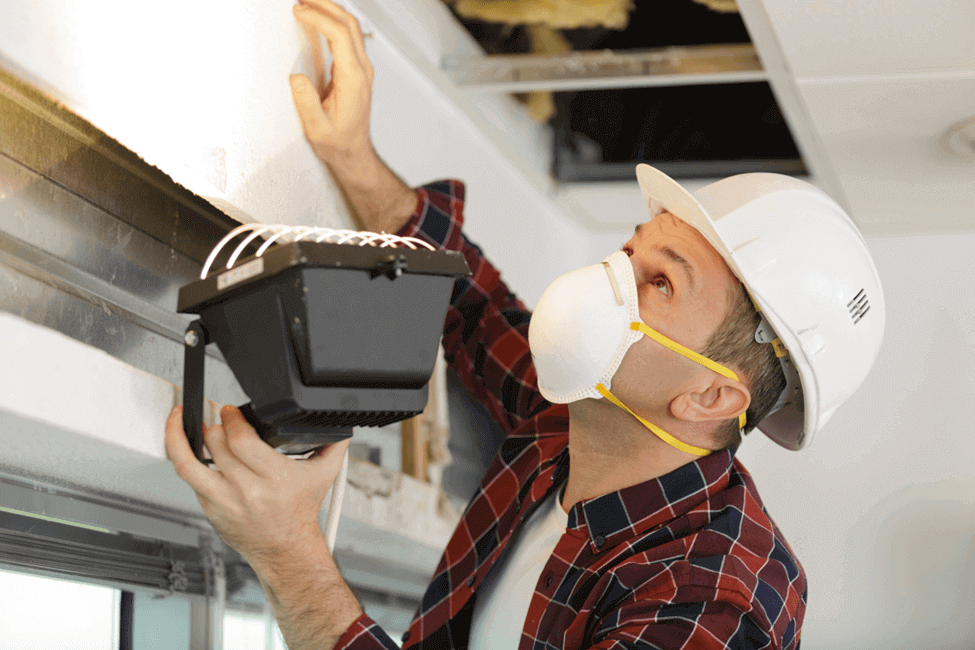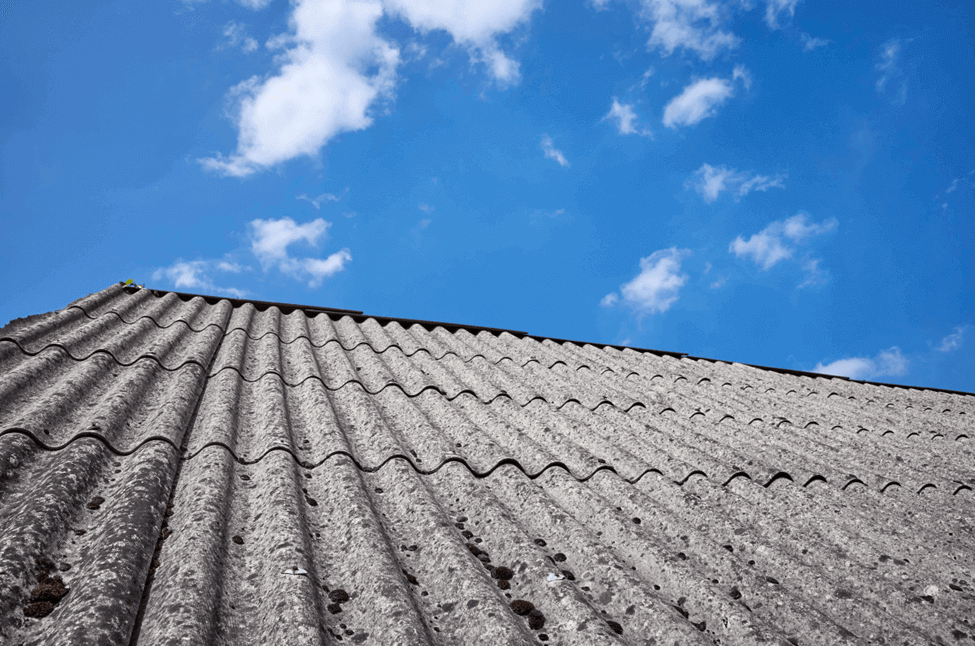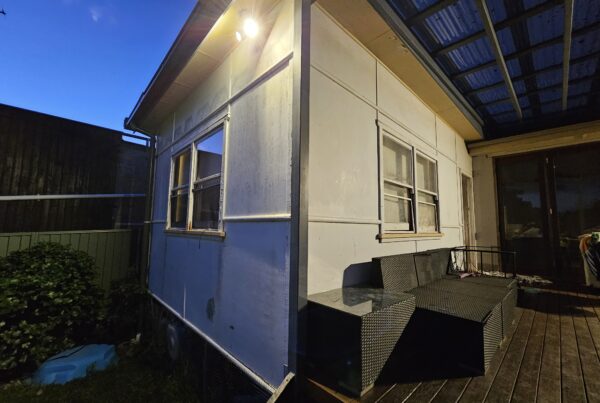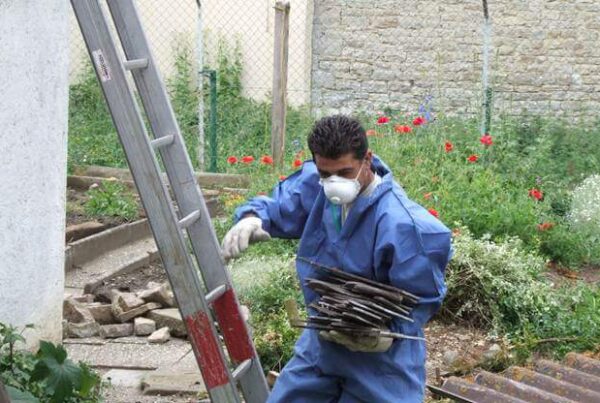The legacy of over a century of reliance on asbestos is still felt to this day.
A report by the Asbestos Safety and Eradication Agency (ASEA) estimated that, despite asbestos being banned for more than two decades now, Australia still has 6.2 million tonnes of this dangerous material in homes and buildings. Of the remaining stock, only roughly half has found its way to the hundreds of landfills across the nation.
It’s becoming harder to turn a blind eye to a deteriorating situation – both literally and figuratively. Asbestos-containing materials (ACMs), whether left alone or disturbed, will break down over time and release cancerous asbestos fibres into the air. The increasing frequency of extreme weather events is expected to exacerbate this.
Everyone has a stake in the ongoing campaign to get rid of the last traces of asbestos products in the country, and it starts with an asbestos inspection in Sydney or wherever you live. Licensed asbestos assessors and asbestos removal companies are increasingly vital as asbestos exposure continues to pose a significant health risk. Here’s all you need to know about asbestos inspections and why they’re a must.
What’s an Asbestos Inspection?
What makes asbestos a real threat isn’t what it can do to the body when inhaled but rather how it can get to the body. At between 0.1 and 10 microns long, its fibres are invisible to the naked eye and small enough to enter primarily through the nose. They also don’t have any distinct odour or taste, meaning you can’t rely on your primary senses to detect them.
As such, information is a homeowner’s most effective defence against asbestos. Knowing what year your house was built is enough to necessitate an asbestos inspection. The rule of thumb is that residential asbestos inspection is a must for homes built or renovated in the 1980s or earlier, even when this decade saw asbestos consumption sharply decline.
In a residential asbestos inspection (also called an asbestos survey), a certified asbestos inspector visits your home and checks every nook and cranny for potential signs of ACMs. Spotting these signs isn’t always easy, especially without the right skills and tools for asbestos identification. And if not done correctly, there’s the risk of accidentally disturbing the asbestos.
It’s important to emphasise that an asbestos inspection doesn’t confirm whether or not your home has asbestos. Inspectors don’t carry the necessary equipment to do that on-site. Instead, if they suspect a wall or beam to contain asbestos, they retrieve a small asbestos sample (without disturbing the suspect material) and have it tested by a NATA accredited laboratory.
If the asbestos testing results come back positive, the inspector will then recommend asbestos removal. NSW law mandates that only a licenced removalist should perform the asbestos removal process.
What Areas Undergo Asbestos Inspection?
Asbestos inspections leave no square metre of a house unchecked, as hidden asbestos is just as dangerous as ones in plain sight, if not more. That said, some parts of the home use more ACMs than others, and inspectors usually start from there.
Roofing
The ASEA report indicated that roofing applications accounted for 2% of asbestos use from 1920 to 2003. However, this figure doesn’t include cement sheeting (also commonly used as roofing material), of which its domestic use accounted for 33%.
One potential sign is the use of corrugated cement roofing (see image above). Other parts of the roof that may contain asbestos include gutter and downspout systems, eaves, gables, and loose-fill insulation filling the roof cavity.
Walls
Cement sheets were a dime a dozen during the asbestos era, and the addition of asbestos increased their durability while reducing their weight. If anything, asbestos identification or inspections usually begin with the house’s walls. If not the cement sheets, it may as well be the insulation, infill panels around windows and doors, or pipes.
Ceiling
Any discussion of asbestos in the ceiling involves the so-called popcorn ceiling. Also called an acoustic, textured or cottage cheese ceiling, the popcorn ceiling is known for its bumpy surface, which is likened to crushed popcorn kernels. The pattern is a result of a spray-on formula, a mix of cement and white asbestos.
Whether or not because it may contain asbestos, some homeowners are looking to get rid of this dated design aesthetic anyway. For starters, the textured surface can catch dirt and dust, making cleaning a hassle. That said, it’s important to conduct an asbestos inspection before undertaking any renovation work.
Flooring
Besides cement sheeting, old-fashioned tiled floors were made with a blend of vinyl or cement and asbestos building materials. While experts agree that asbestos in flooring products is usually safer compared to other ACMs, it becomes a problem when you decide to change it into something more modern.
Again, it’s important to conduct an asbestos inspection before undertaking any renovation work.
From these locations, asbestos inspectors will work their way to the rest of the residence. They may even include your car, provided that the model year is 1990 or earlier and none of its parts have been replaced with asbestos-free ones.
Conclusion
Given the dangers of inhaling hazardous materials like asbestos, awareness is your ally in this ongoing campaign. A thorough asbestos survey by a licensed asbestos assessor is a proactive step in managing this serious health risk. Regardless of whether or not your home actually contains asbestos, getting an asbestos inspection is always a good idea. It’s advisable to get an asbestos inspection service with a lengthy and impressive track record.







